Top sites for nature
Land yourself among Britain's best nature spots.
Discover Britain's wildlifeDavid Chapman looks at one of our most impressive birds – the black-tailed godwit – and efforts to secure its future
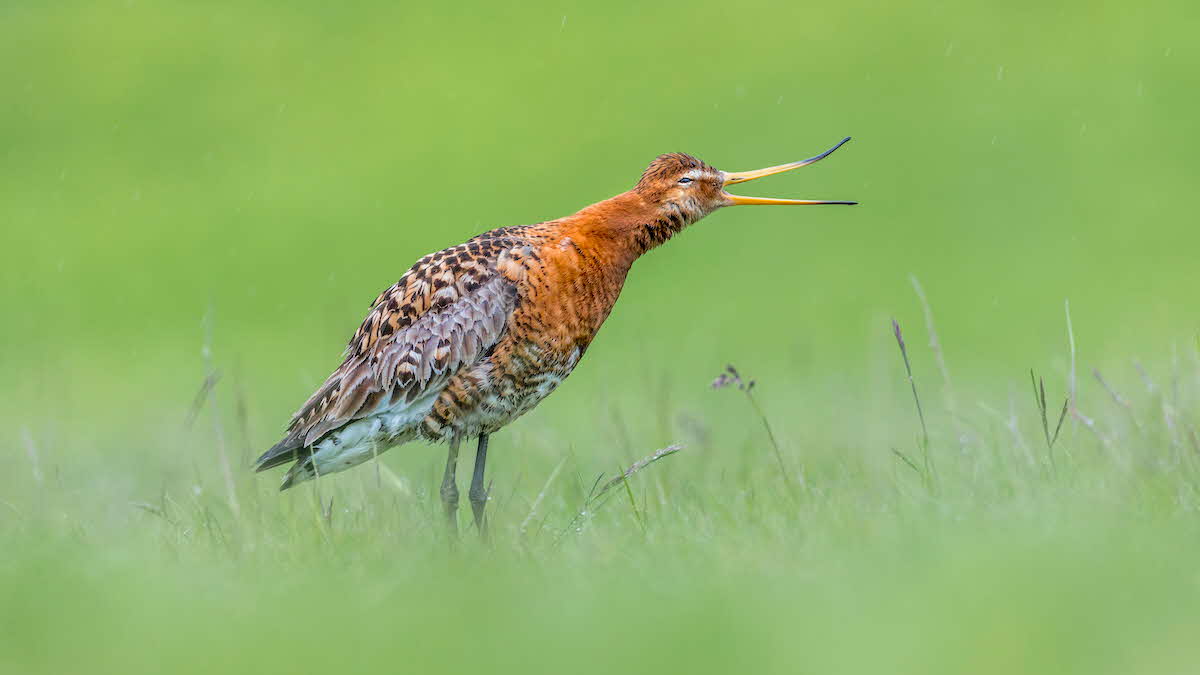 The godwit’s bill is flexible at the tip to allow it to catch food underground
The godwit’s bill is flexible at the tip to allow it to catch food underground
Do you remember the 1980s sitcom, Watching? It was about a socially awkward birdwatcher called Malcolm and his rather loud girlfriend, Brenda. They were different in most ways. Brenda was a reluctant birder – though I always thought she secretly enjoyed it – and would do things to deliberately irritate Malcolm, including mispronounce birds’ names. The one that sticks in my mind is ‘gobtwit’. Well, Brenda, I have news for you: there isn’t actually a bird called a ‘gobtwit’ – it’s a godwit. In the UK the predominant species of this wading bird is the black-tailed godwit, though a second species, the bar-tailed godwit, overwinters here. Here I focus on the black-tailed godwit.
Boasting a long, straight bill, the black-tailed godwit is grey-brown in colour during winter. It is slightly smaller than a curlew, and the two species are largely distinguishable by their tail patterning.
In winter it spends most of its time quietly probing estuary mud, and its white rump, white wing bars and black tail are only obvious in flight. Its true beauty becomes apparent only in the summer when its undergoes a striking brick-red makeover. It migrates from estuary to freshwater wetlands to breed, where its character is fully expressed, often standing on fence posts calling loudly over its territory. You could hardly imagine this is the same bird, and what a thing of beauty it is.
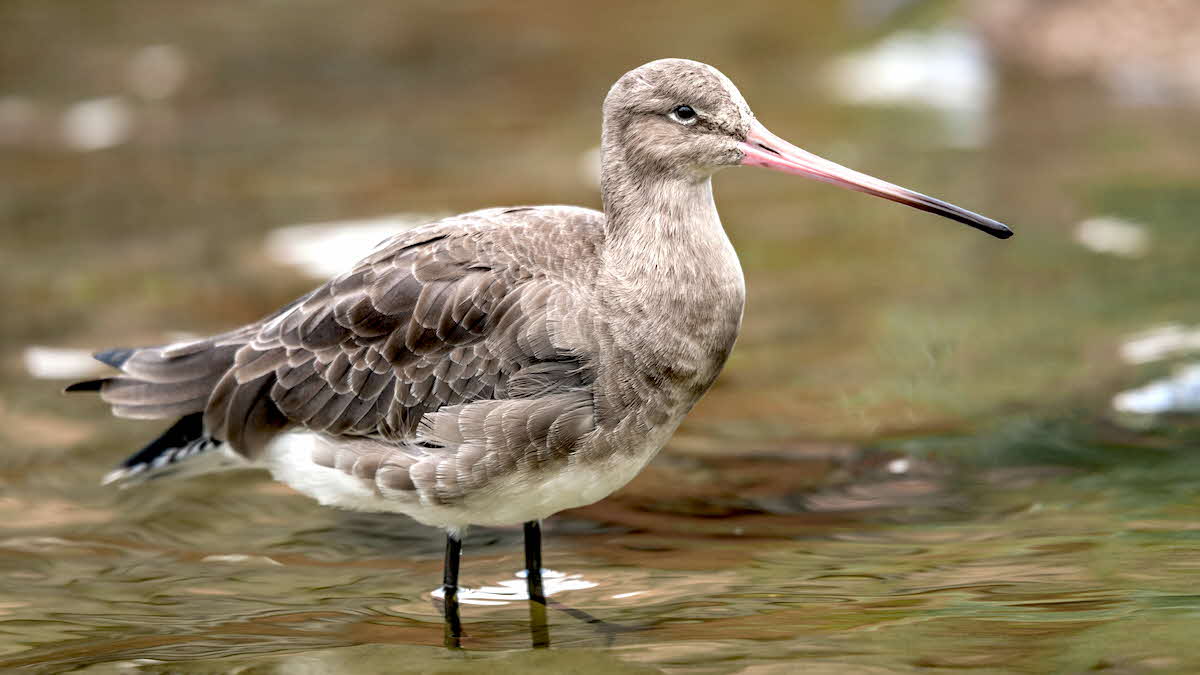 The godwit's winter plumage is a little drab
The godwit's winter plumage is a little drab
The black-tailed godwits we see in the UK come from two distinct populations. One breeds mostly in Iceland and winters in Britain; the other breeds in Europe (predominantly the Netherlands) and winters in Africa.
The Icelandic population, though breeding at an increased rate at home, has always been a very rare breeding bird in Britain, with a handful on the Ribble Estuary in north-west England as well as on Orkney and the Shetland Islands. The European bird breeds almost exclusively at the Ouse and Nene Washes, on the Cambridgeshire−Norfolk border, and has been declining.
The causes of this decline include habitat loss due to land drainage, but even within the relative safety of nature reserves, their nests have been vulnerable to excessive summer floods and predation. At the Ouse Washes there were 65 breeding pairs in the 1970s, but by 2017 there were only three. Those at the Nene Washes have fared better, but productivity has been low enough for the birds to be considered under threat.
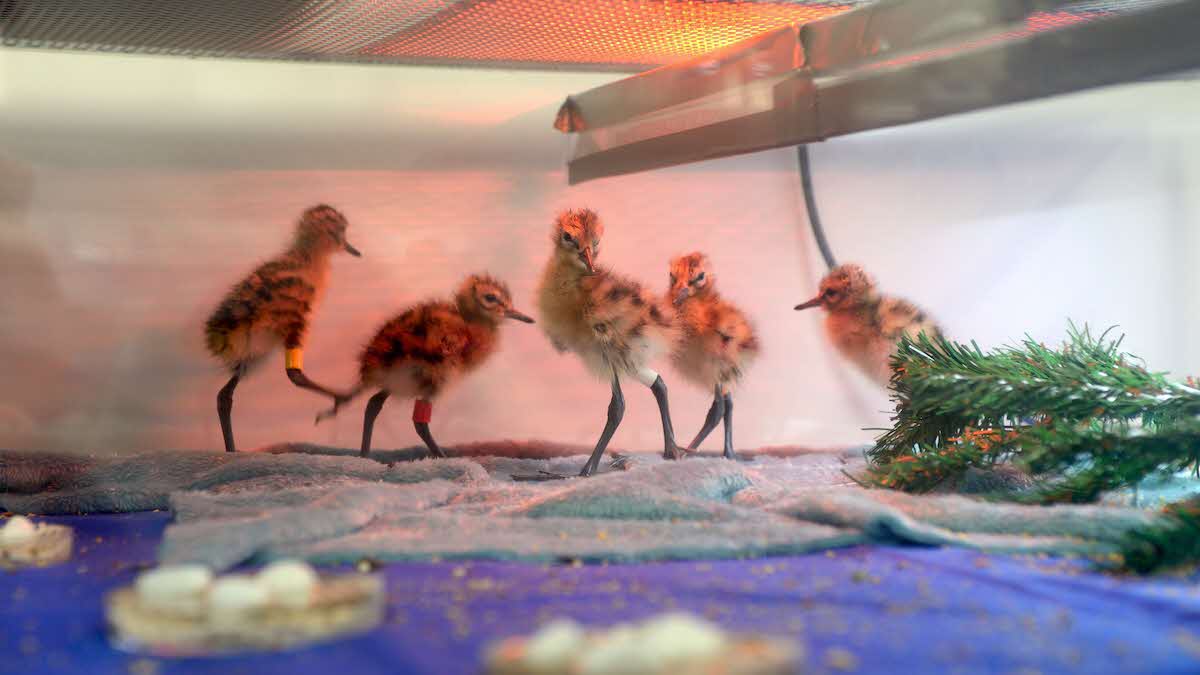 Headstarted chicks are kept in an incubator
Headstarted chicks are kept in an incubator
‘Project Godwit’ was a five-year scheme initiated in 2017 by the Wildfowl and Wetland Trust (WWT) and The Royal Society for the Protection of Birds (RSPB) at their reserves in this area. The project aimed to understand the birds’ exact requirements and the threats they face, and new habitat management was initiated. This includes better control of water levels, creating scrapes and enhancing ditches, and the installation of fencing to help reduce chick predation. With a focus on education and engagement, members of the public were involved in reporting sightings, digging ditches and even becoming ‘Godwit Guardians’.
But with numbers of birds and chick productivity at a precariously low level, the project team decided to up the ante. ‘Headstarting’ is a process by which eggs are collected from nests, placed into incubators and given five-star treatment. Although this may sound cruel, it is done under licence, and gives the chicks a much higher chance of survival. Soon after fledging, the captive youngsters are released; meanwhile, the parents will have laid another clutch of eggs. Through this process the productivity of the godwit population has more than doubled.
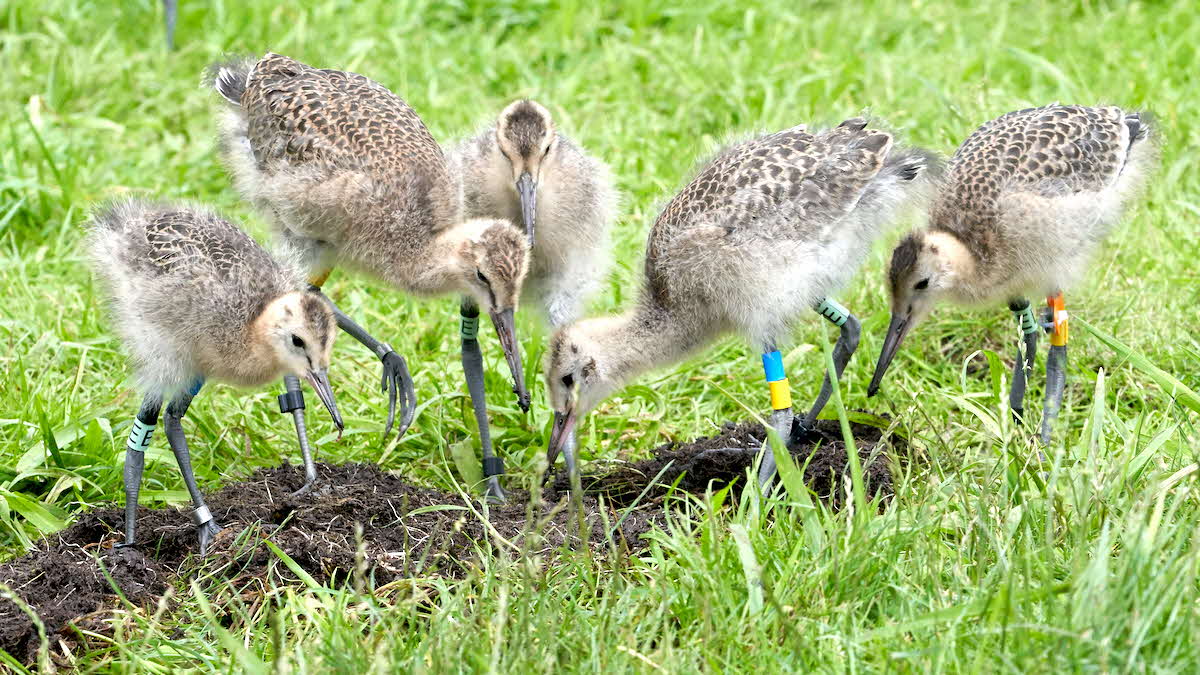 Feeding in the holding pen before release
Feeding in the holding pen before release
The project ended in 2023, by which time 248 eggs had been collected and 206 birds released; this contributed to a breeding population increase of 39%.
Having proved its value as a short-term strategy, the process of headstarting has been adopted elsewhere. It is now being used to boost curlew numbers at various locations across Britain. Let’s hope this has an equally positive effect!
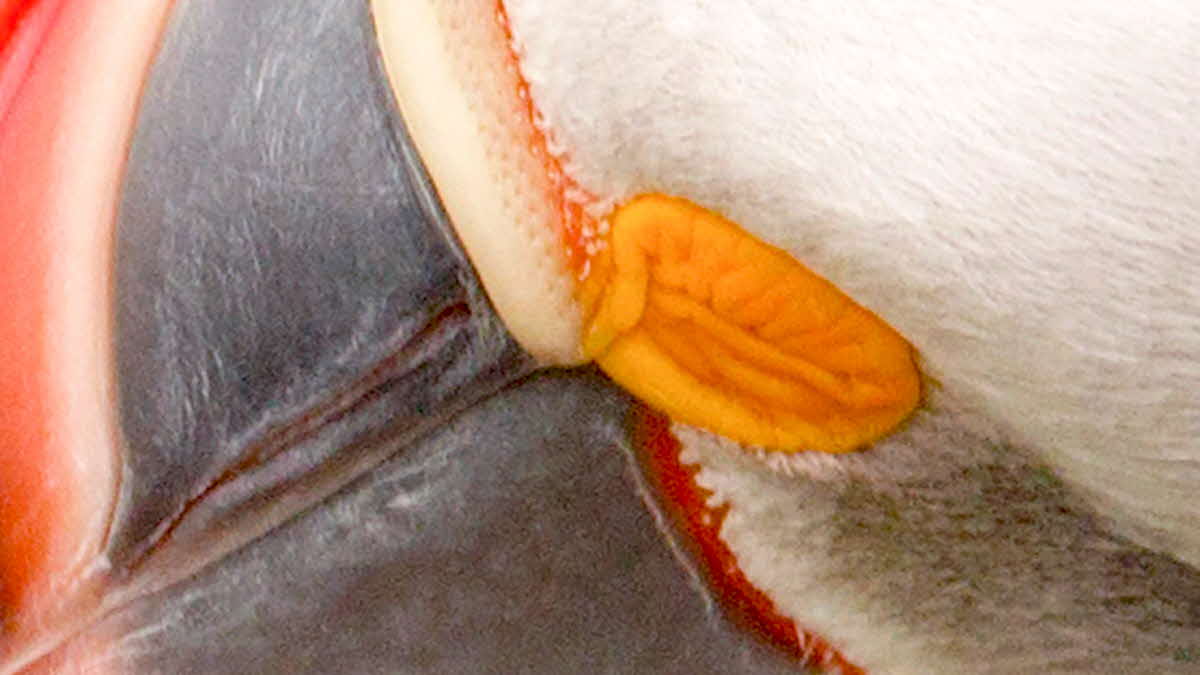
Every month I will show you a photo of something from the natural world. It might be a close-up, or a subject which is difficult to identify. All you have to do is figure out what it is! Here is this month’s photo; no clues or prizes – it’s just for fun. I will give you the answer next month, but if you can’t wait, log in to the Digital Magazine app.
The subject of May’s mystery photo was: Lily of the valley.